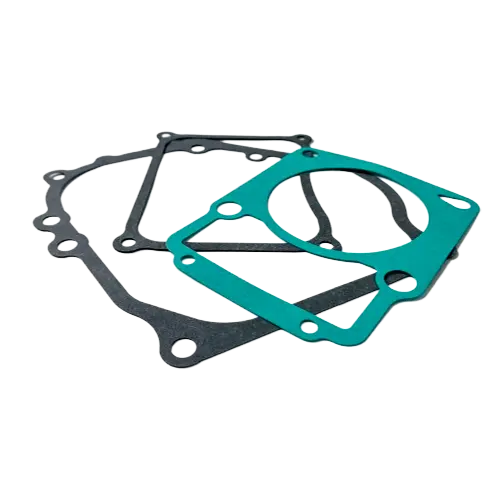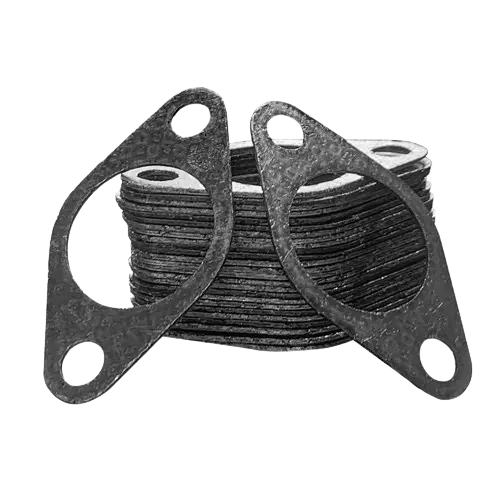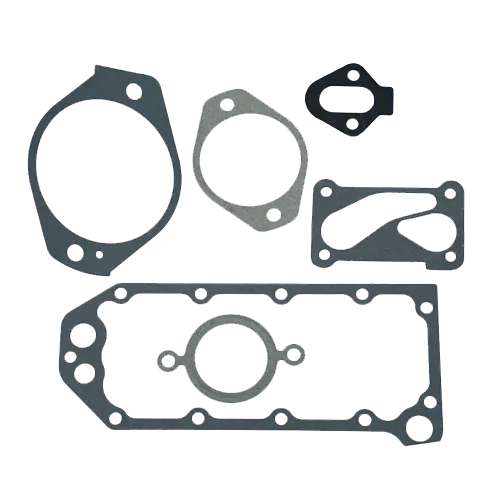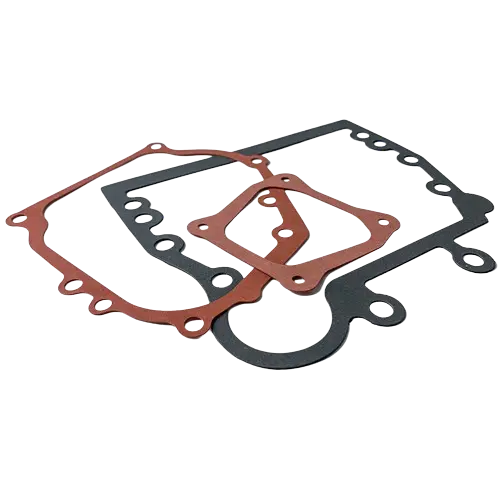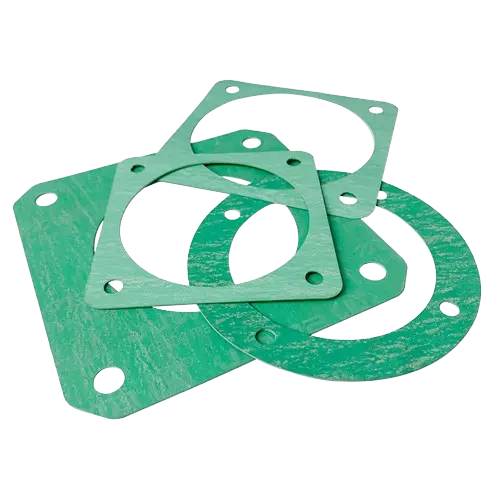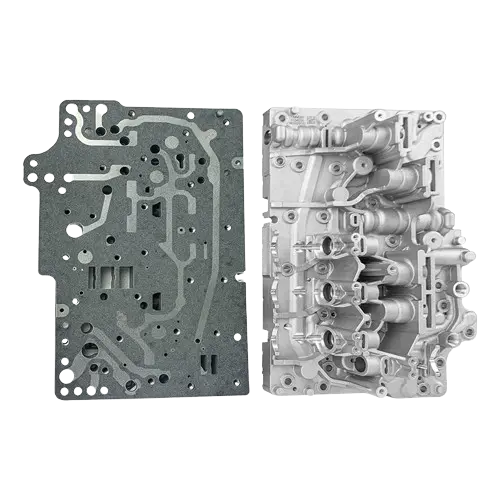In high-temperature environments, sealing and insulation are critical issues that many industrial applications must address. Heat-resistant gaskets, as key components in solving these problems, play an important role.
Characteristics of Heat Resistant Gasket Demand
A heat resistant gasket is a sealing gasket with a thickness usually within 1 cm that maintains its performance under extreme high temperature conditions. Its main function is to provide reliable sealing to prevent leakage of high-temperature media, and it also has a thermal insulation effect, protecting equipment and systems from high temperature impacts.
Selection of Heat Resistant Gasket Materials
Inorganic Gaskets
Selecting the appropriate Heat Resistant Gasket Material is crucial. Common heat-resistant materials include ceramic fiber, asbestos, mica, etc.
Ceramic fiber gaskets have good heat resistance and thermal insulation effects, while asbestos gaskets perform well in some specific applications.
These gaskets have excellent heat resistance, capable of withstanding temperatures up to 1000°C or even higher, and can maintain good physical and chemical stability at high temperatures. Their excellent thermal insulation performance can effectively reduce heat transfer, lower energy consumption, and improve equipment efficiency.
Asbestos materials may currently pose potential health risks and have been gradually replaced, so careful consideration is required during selection. Additionally, other special materials can be chosen based on specific needs, such as corrosion-resistant materials or materials with good elasticity.
Rubber Gaskets
In various industrial applications, heat resistant rubber gaskets have become indispensable sealing elements due to their outstanding performance. These gaskets can maintain stable sealing performance in extreme high-temperature environments, providing reliable assurance for the safe operation of equipment.
The key to heat resistant rubber gaskets is their ability to withstand extremely high temperatures. Typically, gaskets with a working temperature above 176.7°C are considered heat-resistant gaskets. These gaskets are made from special rubber materials with excellent heat resistance, capable of resisting the effects of high temperatures on their performance.
Main Applications of Heat Resistant Gaskets
The application range of heat resistant gasket is extensive, covering many fields. In industrial furnaces, high-temperature flues, air ducts, and other equipment, they are used in places such as furnace door seals, bushings, and expansion joints to ensure that high-temperature media do not leak. In the automotive and aerospace fields, heat resistant gaskets are used for insulation and sealing of components such as engines and exhaust pipes, improving the reliability and safety of equipment. In the petrochemical industry, fire protection, and other fields, they also have important applications.
In practical applications, factors such as the size, shape, and installation method of gaskets need to be considered. Correct installation and usage methods can ensure the sealing performance and lifespan of the gaskets. Regular inspection and maintenance are also key to ensuring the normal operation of the gaskets.
Why Choose Junma's Heat Resistant Gasket Materials?
Junma's Heat Resistant Gasket Materials can withstand extremely high temperatures while maintaining their sealing performance.
Chemical Resistance
Junma's Heat Resistant Gasket Materials also have chemical resistance, making them suitable for use in environments that may be exposed to corrosive substances.
High Pressure Resistance
Junma's Heat Resistant Gasket Materials have excellent high-pressure resistance characteristics, making them ideal for use in high-pressure systems.
Durability
Junma's Heat Resistant Gasket Materials have excellent durability, maintaining their sealing performance even under harsh conditions.
Flexibility
Junma's Heat Resistant Gasket Materials usually have sufficient flexibility to perfectly fit between the surfaces they seal.



